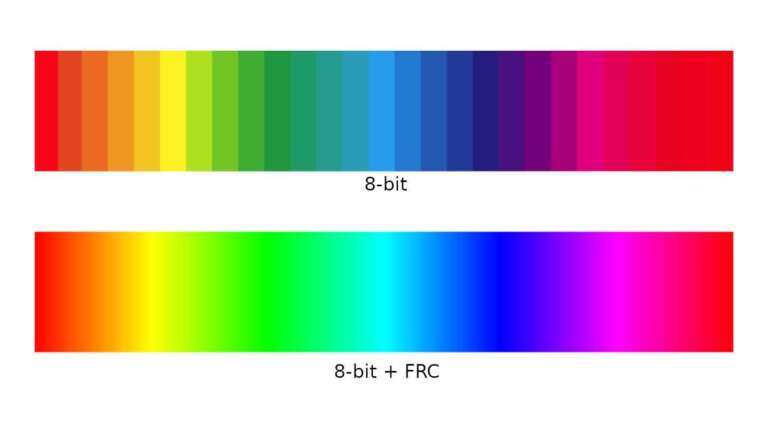
AIX, has been producing and engineering music for over 40 years.

Although, when I get a moment back in LA, I may create some illustrations to accompany his article. He’s an expert and writes without the excessive marketing spin that populates so many authoritative “white papers”. I encourage everyone to read John’s excellent article. The superiority of a high-resolution PCM-based audio recording over analog technologies and the DSD format are a lower noise floor, more accurate reproduction of an extended frequency response, lower distortion, and ease of use. It’s the end result that matters…it’s not really important in understanding the benefits of higher sample rates or longer word in technical terms.

When John says “every added bit decreases the system noise by about 6 dB”, he’s saying the same thing as “for every 1-bit we achieve about 6 dB of signal to noise ratio in the system”. This is basically what I’ve been teaching for many years to my students…but I’ve been doing it in reverse. When properly dithered, the errors produced by digital quantization produce nothing other than white noise! This surprising fact is poorly understood by many.” In all cases, a properly dithered digital system has infinite amplitude resolution (just like any analog system). We can improve the audio-band SNR by increasing the word length, by increasing the sample rate, or by increasing both. The Nyquist bandwidth is equal to 1/2 of the sample rate and it defines the absolute limits of the frequencies that can be conveyed by a digital system. “Every added bit decreases the system noise by about 6 dB when measured over the entire Nyquist bandwidth of the digital system. I was particularly impressed with the very thoughtful way he opened up the piece with an analysis of bit length in digitizing system. The article is an excellent and very detailed survey of digital encoding and the impact of increasing word lengths and sample rates. Long word lengths do not improve the “resolution” of digital systems, they only improve the noise performance.” Properly dithered digital systems have infinite amplitude resolution. All quantization errors in a properly dithered digital system produce a random noise signal. When dither is properly applied, there is no advantage to long word lengths other than noise. “24-bit word lengths provide a very efficient method of improving the noise performance of digital systems. Here’s the concluding paragraph of his piece: He even made the subject into an article, which he posted to the Benchmark site ( click here to read the entire article).

The DAC2 HGC is among the finest digital to analog converters I’ve ever heard and I’m looking forward to auditioning the new AHB2 power amplifier.Īfter a day of waiting, John (who is a very busy guy) wrote me back with a detailed explanation of the issue. This is the guy that has mastered electrical engineering (analog and digital) and the art AND science of designing what I believe is some of the finest audio equipment on the planet…regardless of cost (and no, there ads on my site are not paid!). So I went to my digital expert…I sent a comment or two off to John Siau, the chief designer and principal at Benchmark Media. But I’ve been unable to make the facts clear through my posts and follow up comments. I try to point out to those claiming more “volume levels” is similar to more pixels making an image more realistic are making the wrong analogy. I’ve read the case for the former position before. In its simplest form, the issue is whether adding 8 additional bits to each of the sample values in a PCM system increases the “resolution” of the system by providing more discrete values over the same total audio signal OR do the additional discrete values provide greater dynamic range by extending the range of the system. You can read the piece and the comments by clicking here. I’ve had some back and forth with a few readers following my negative assessment of an “educational” piece posted on a high-res audio site written by an esteemed member of the audiophile press.


 0 kommentar(er)
0 kommentar(er)
